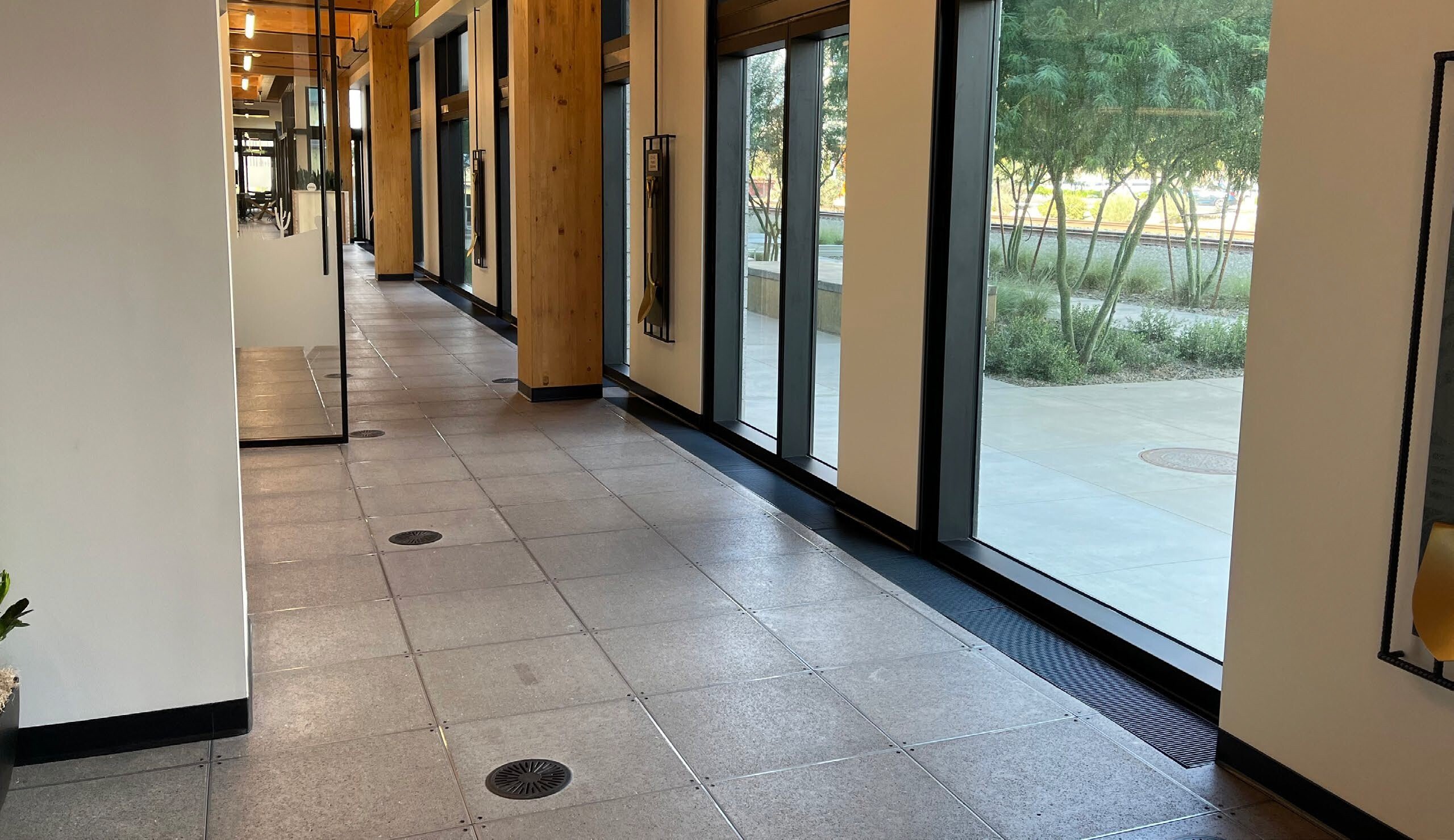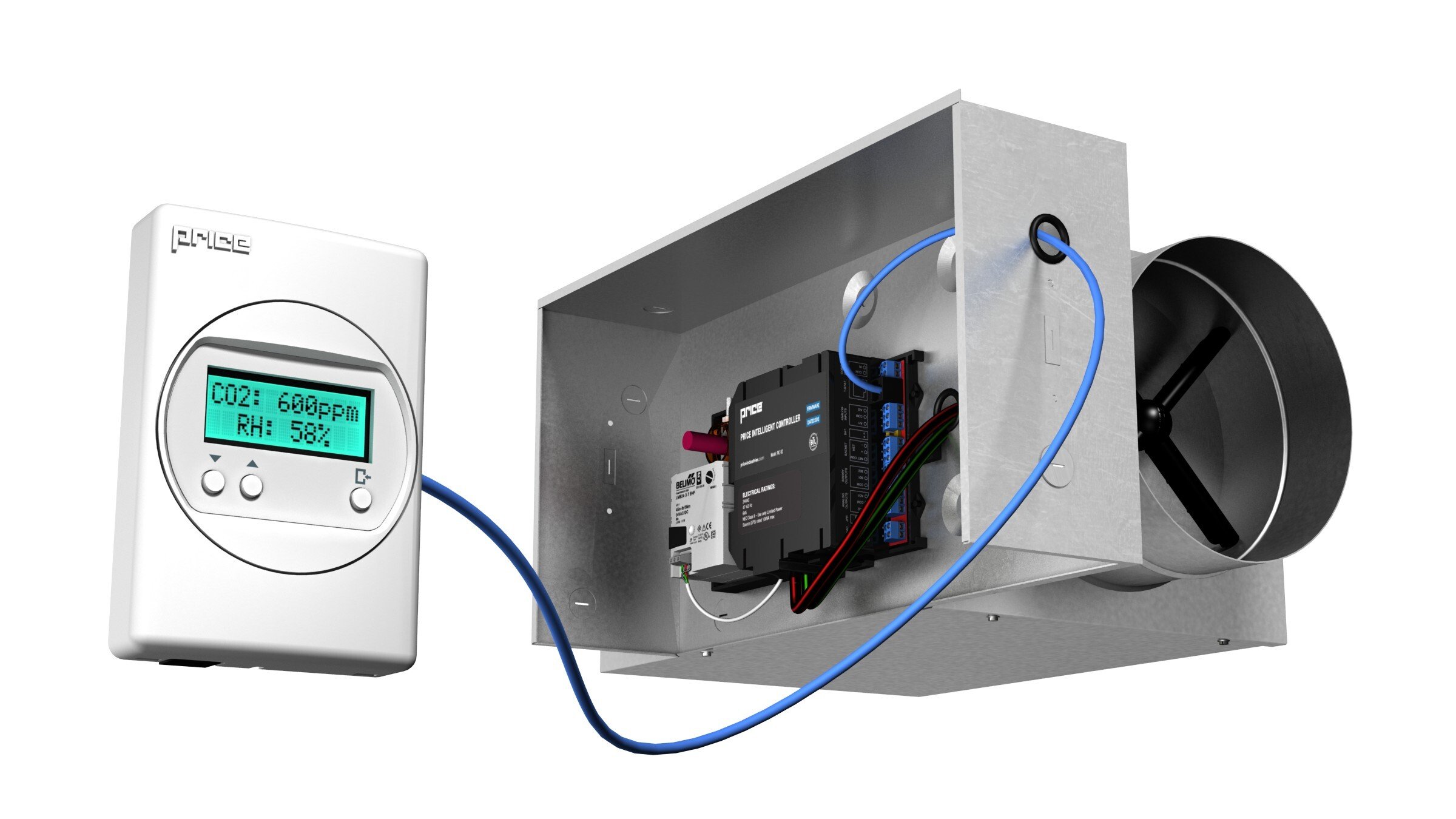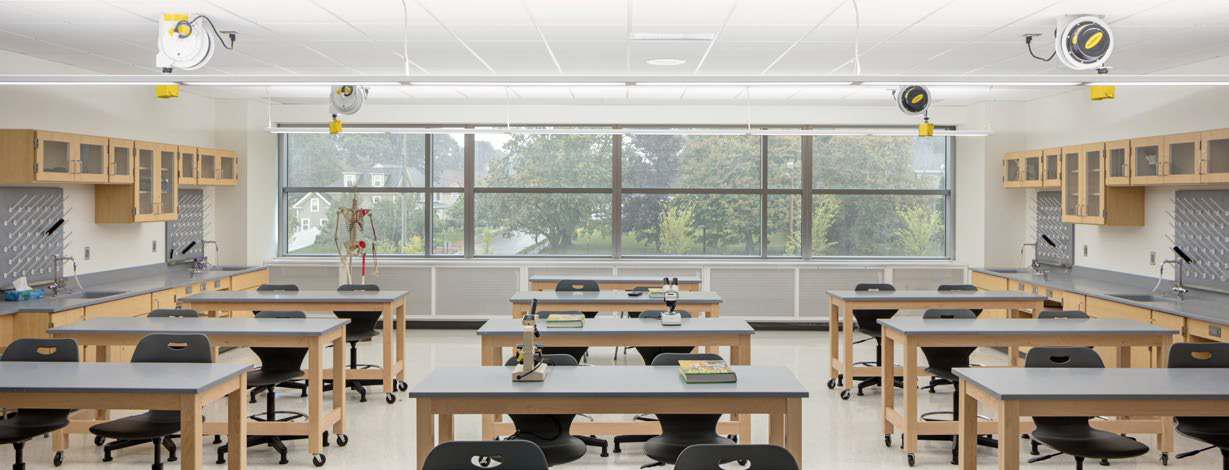The Benefits of UFAD Systems That You Can Take to the Bank
In the quest for more efficient and adaptable building designs, underfloor air distribution (UFAD) systems have emerged as a promising alternative to traditional overhead (OH) HVAC systems. Two comprehensive studies – one by the Center for the Built Environment (CBE) at UC Berkeley and another by Global IFS and Dynamic Systems Inc. – provide valuable insights into how UFAD systems can save on first costs while offering a variety of operational benefits.






